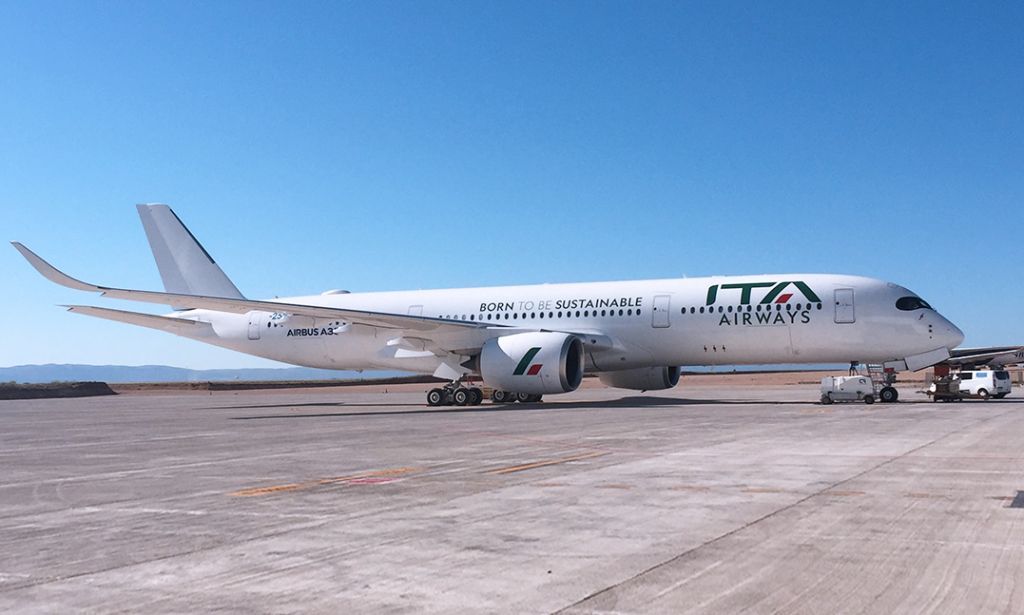Honeywell’s 31st annual Global Business Aviation Outlook forecasts up to 8,500 new business jet deliveries worth $274 billion from 2023 to 2032, which is up 15% in both deliveries and expenditures from the same 10-year forecast a year ago.
This year, surveyed operators reported new jet purchase plans on par with 2019 levels, with fleet addition rates doubling from last year’s reported intentions. Respondents’ feedback in this year’s survey aligns with industry reports of sold-out business jet production lines for the next several years.
“The business aviation industry is greatly benefitting from a wave of first-time users and buyers due in part to changing habits brought on by the COVID-19 pandemic,” said Honeywell Aerospace President, Americas Aftermarket, Heath Patrick.
“The business aviation sector is expected to recover to 2019 delivery and expenditure levels by 2023, which is much sooner than previously anticipated. Demand for new business jets is as high as we’ve seen it since 2015, and we expect high levels of demand and expenditures for new aircraft for several more years.”
Key findings in the 2022 Honeywell Global Business Aviation Outlook include:
- New business jet deliveries in 2023 are expected to be 17% higher than in 2022. Expenditures are expected to be 20% higher.
- Five-year purchase plans for new business jets are up three percentage points compared with last year’s survey; this reaches 2019 levels and is equivalent to 17% of the current fleet.
- Fleet additions are up for the second year in a row, doubling 2021’s rate and topping 2% of the fleet.
- New jet deliveries and expenditures over the next decade are projected to grow at a 2% average annual rate, in line with expected worldwide long-term economic growth.
- One-third of those surveyed expect to fly more in 2023 versus 2022; 64% expect to fly at least the same amount, and just 4% expect to fly less.
- Large, long-range aircraft classes are expected to account for more than 70% of all expenditures of new business jets in the next five years.
- Just 2% of surveyed operators plan to dispose of an aircraft without replacement, which is half the rate gleaned in 2021.
- Five-year purchase plans for used jets remain high, totaling 28% of the current fleet and on par with last year’s results. High demand for used jets will keep pressuring the already low inventory of jets available for sale.
The business aviation industry is benefitting from waves of first-time private aviation users and buyers, which is likely attributed to COVID-19. At times in 2022, flight activity met levels not seen since 2007, which was the busiest year ever for business aviation. Concerns about exposure to pathogens and the reduction of premium class airline services helped drive recent growth in business and private aviation. The 2022 Honeywell survey sampled first-time business aircraft owners who have made their purchases since 2020 and operators who are capturing first-time private aviation users.
- Nearly 74% of surveyed new users of private aviation expect to keep the same level of flying in 2023 as they did in 2022, which is 10 percentage points above the whole fleet average. Only 4% expect to fly less in 2023.
- Nearly 85% of first-time users operate in the Americas.
- Within the Americas, 80% of first-time buyers operate in the United States; the rest mostly operate in Brazil.
- Business turboprops and small cabin jets each make up 35% of the fleet carrying these new users, followed by medium jets (18%) and large long-range jets.
Honeywell is committed to reaching carbon neutrality by 2035 in its operations and facilities and to driving aviation sustainability with a wide range of ready-now solutions that will support a more sustainable future for the sector. This year’s survey features a dedicated section on operators’ current and future plans to reduce their carbon footprint during operations.
- Half of this year’s surveyed operators report currently implementing at least one method to reduce their carbon footprint, which is 30 percentage points above last year’s survey.
- The most frequently mentioned current method to reduce carbon footprint is “fewer or slower private jet trips” (20%), followed by “increasing passenger capacity” (17%).
- Sustainable aviation fuel (SAF) is the third-most mentioned current method to reduce carbon footprint (14%); however, operators cite challenges with SAF availability.
- More than 60% of operators plan to either adopt or increase methods for more environmentally friendly operations in the future, and 37% cite SAF as the most common way to achieve this goal.
- The survey asked the remaining 40% what would compel them to adopt any methods to address sustainability in the future, and 57% of these operators cited economic incentives such as tax benefits or operating cost savings.
The Global Business Aviation Outlook reflects current operator concerns and identifies longer-cycle trends that Honeywell uses in its own product decision process. The survey has helped identify opportunities for investments in sustainability solutions, has expanded propulsion offerings, innovative safety products, services and upgrades and has enhanced aircraft connectivity offerings. The survey informs Honeywell’s business pursuit strategy and helps consistently position the company on high-value platforms in growth sectors.













